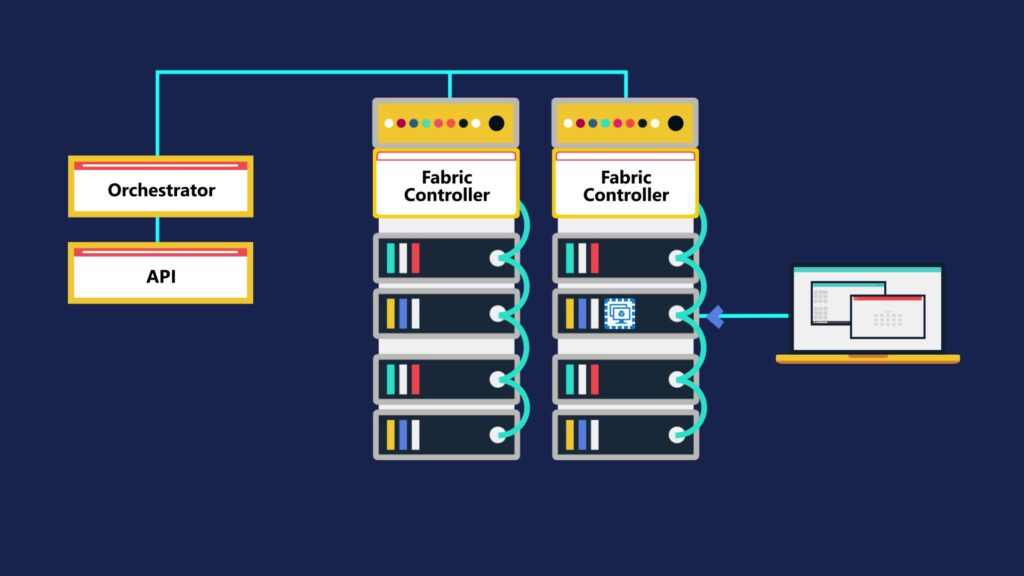Microsoft Azure has gained a good reputation among the best cloud platforms for businesses. Long gone are those days when businesses used to rely on expensive and inefficient IT infrastructures with complex hardware requirements. The introduction of cloud computing platforms like Microsoft Azure has changed the dynamics of the IT industry. Now businesses are shifting to cloud environments where resource allocation and management mechanisms are efficient by all measures.
Microsoft Azure Fabric Controller is one of the major components of the Windows Azure platform which is responsible for the monitoring and management of resources distributed all across the cloud environment. All the virtual machines and physical servers present within your Microsoft Azure IT infrastructure are managed by Azure Fabric Controller. There is a dedicated fabric agent present in each physical machine. Fabric controller maintains proper communication with these fabric agents. Let’s discuss the core functionalities of this key component.
Objectives of Azure Fabric Controller
Server Monitoring
Resource Allocation
Load Balancing
Downtime Reduction
Your applications need changes and updates for optimal performance. But these updates may end up in unwanted errors or prolonged downtimes. This is where Azure Fabric Controller makes it easier for businesses to process the required upgrades. You can roll back the upgrades if the processed upgrade causes any issues. This is how your mission-control cloud services will remain 100% operational with zero downtime. Your application lifecycle management mechanism will improve with Azure Fabric Controller.


